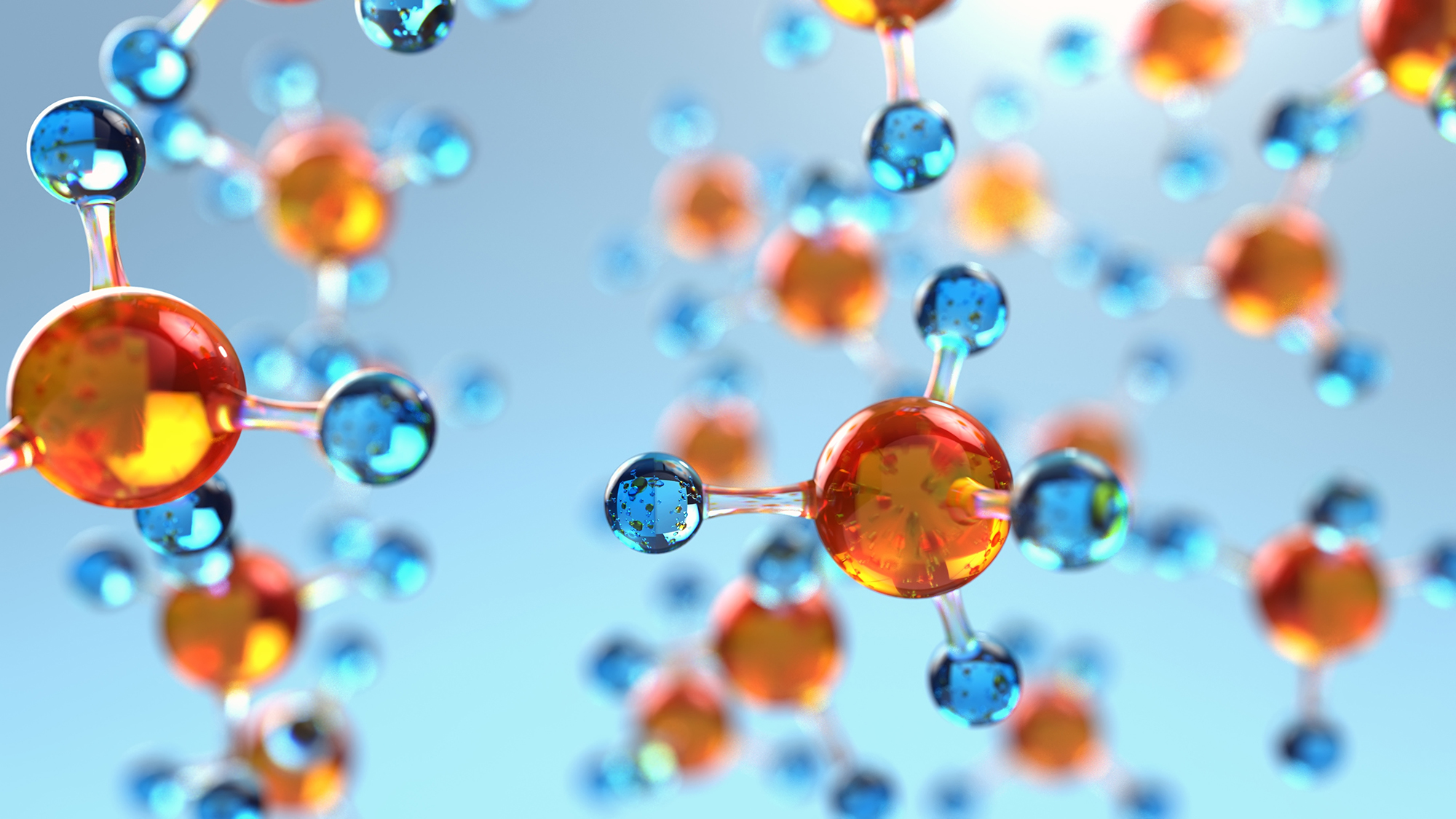In the range between 7.5µm and 8µm, methane shows a further strong absorption band in which only insignificant absorptions of the other two gases are present. However, a relevant overlap with the absorption bands of water exists. By compensating this cross-sensitivity, a good measurement of methane is possible. By including this measurement, ethane (C2H6) and propane (C3H8) in the range around 3.4µm can now also be detected well. Thus, all three gases can be measured with high accuracy. The necessary multi-parameter calibration is provided ex works at m-u-t and the complex mathematical compensation algorithms are executed directly in the gas sensor, so that the user receives calibrated measurement values immediately.
m-u-t is highly experienced in selecting optimal wavelength combinations and developing algorithms for complex cross-sensitivity compensation. The associated multi-parameter calibration is fully automated at m-u-t, ensuring reproducible measurement characteristics of the series-produced multi-gas sensors.

